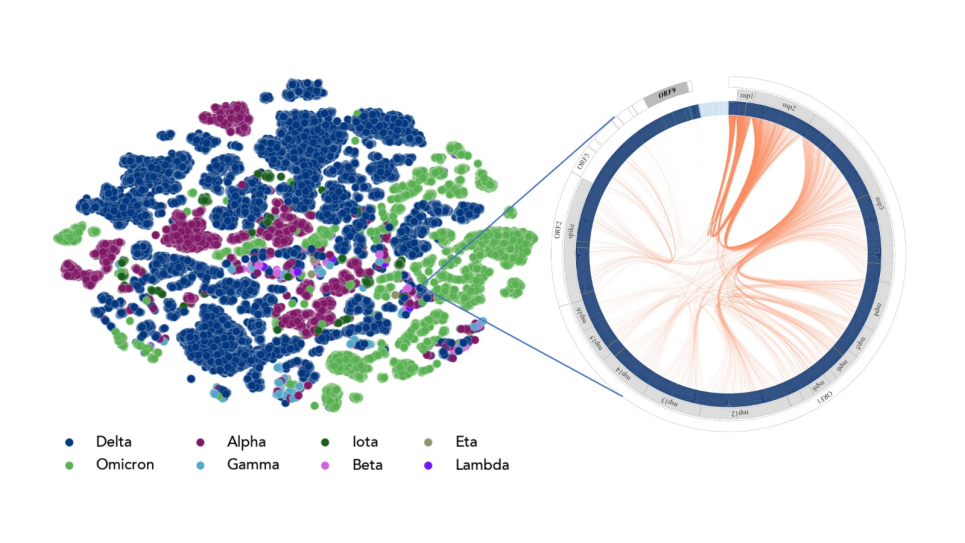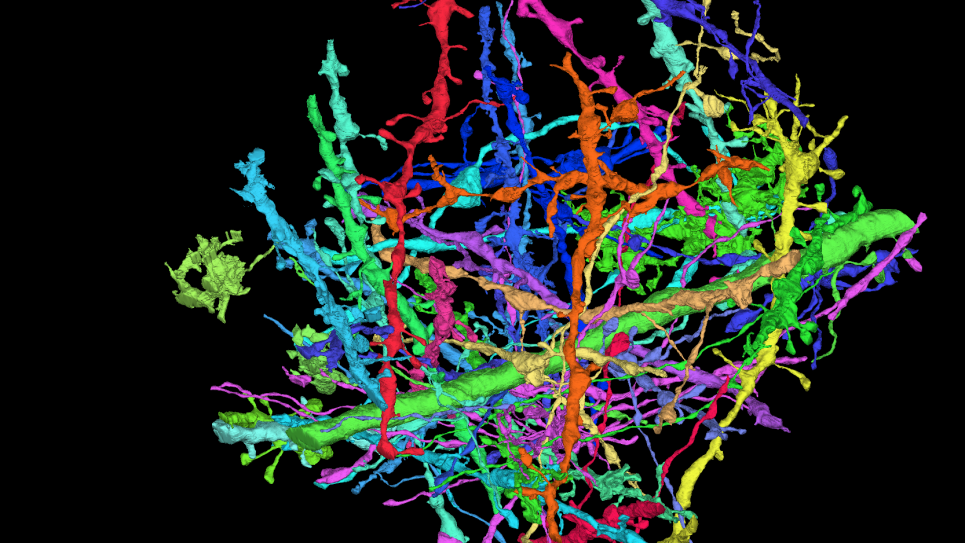
Biophysical Principles of Functional Synaptic Plasticity in the Neocortex
During our lifetimes, our brains undergo continuous changes as a consequence of our experiences. Synaptic plasticity—the biological process by which brain activity leads to changes in synaptic connections—is thought to be central to learning and memory. However, little is known about how this process shapes biological neural networks.
For this INCITE project, researchers from École Polytechnique Fédérale de Lausanne are focused on advancing our understanding of these fundamental mechanisms of the brain’s neocortex. The team is carrying out large-scale simulations of recently uncovered biophysical principles underlying synaptic plasticity in reconstructions of a neocortical microcircuit (Markram et al., 2015; 10.1016/j.cell.2015.09.029) consisting of around 200,000 neurons and 260 million synapses. The aim is to shed light on the synergistic functional principles that shape plasticity in realistic cortical circuits.
The team is also using DOE supercomputers to characterize: (1) the role of NMDA receptor spikes in plasticity induction; (2) the dynamics of neuronal assembly formation and maintenance; and (3) the computational impact of synaptic plasticity in common signal processing tasks. In addition to improving our understanding of the brain, this research could help inform the development of enhanced deep learning methods, as well as new learning paradigms for neuromorphic hardware.


